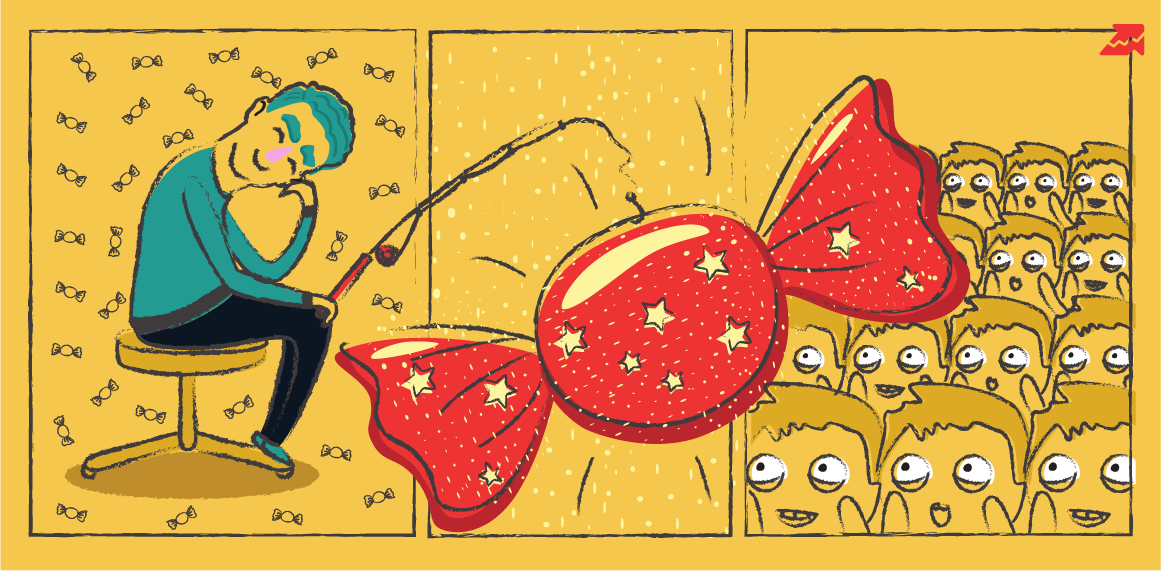How To Bring Readers And Google Right To You: SEO Writing For Newbies

As a rule of thumb, each time you scroll down to reveal more text, there should be a picture of some kind. Images can be optimized, as they have three distinguished elements:
File name: be sure to name the image with the right keyword corresponding to the page before uploading it on the website. Avoid file names as IMG782633.jpg.
Image title: this is essentially the heading of the picture. A user sees it when hovering the image with the mouse. Title also helps the crawlers understand it.
Alt tag: an HTML element, the alt tag is short on the pound description of the image. You shouldn’t misuse it and “spam” the explanations with irrelevant keywords.
Different images can be combined to create fresh and unique content. Some of the most popular complex image types one can use in their content are:
Infographics. They present facts and ideas using different charts, images, and icons. The text is limited, but the idea is to visually present the data rather than plunge into long, monotonous explanations. Everybody loves looking at well-made images, so readers are likely to share and click on them more. However, you need to optimize the accompanying text to rank both for the image itself and the desired keywords.
Slideshows. This is a series of images that you can use to get your message across. Like infographics and simple pictures, the SEs can’t read the actual text written on the image, so don’t forget to write your image title and alt tag. You need to put your efforts into boosting the other elements of the SEO copy.
